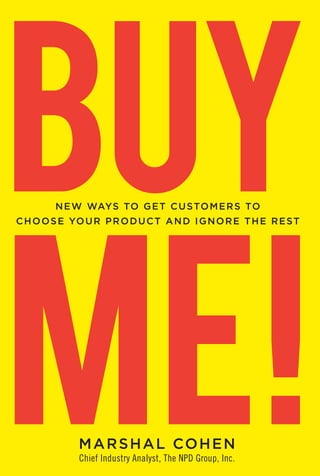This document discusses how consumers have changed their spending habits due to economic pressures. Consumers are now purchasing more carefully and looking for multipurpose, long-lasting products that provide good value. They want products that will enhance their image and save them money over time. The recession has caused people to re-evaluate all purchases and seek ways to reduce costs. Manufacturers must design products that meet these new demands to attract customers.













